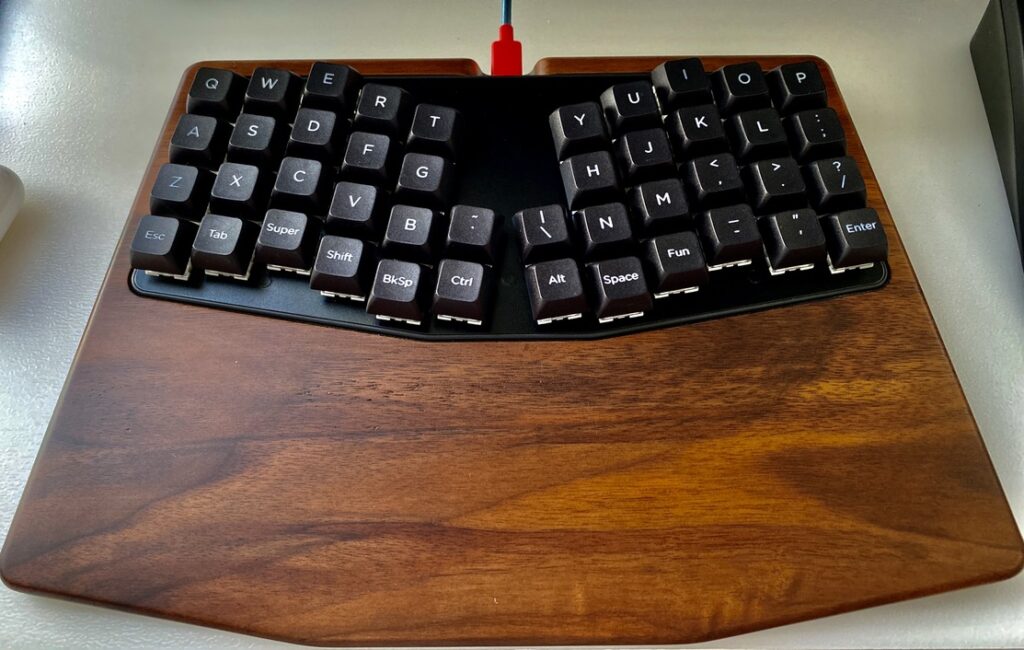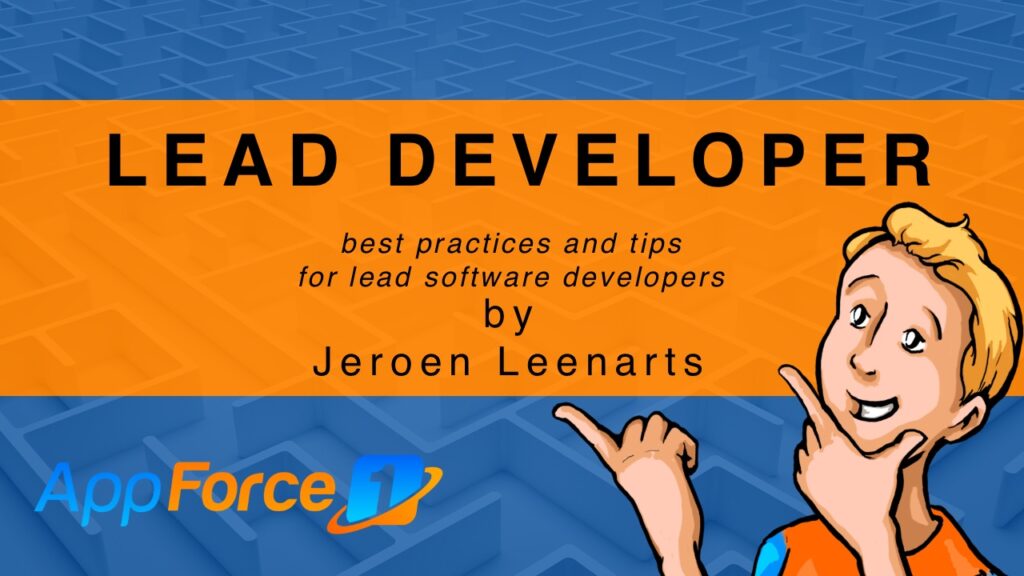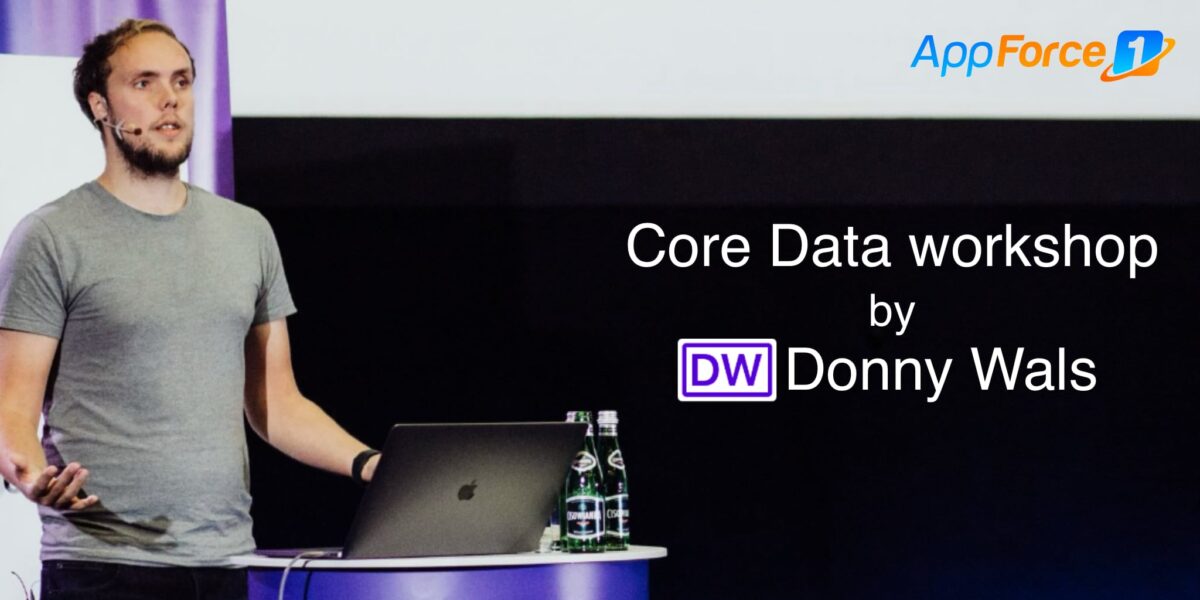On august 11, 2021 I took delivery of a KeyboardIO Atreus keyboard.

I have been using the Atreus for a month now and I am really starting to get used to it. So this is my one month review.
I ordered the Atreus configured as follows:
- Qwerty keycaps
- Maple palmrest
- Kailh Box White switches
- Travel case
Currently I still run default layout as it comes in the box with one modification. I swapped the space and backspace keys. It turned out I am very much a left thumb spacer.
My initial impression were very mixed. Build quality and everything is very nice. The device looks clean, has some decent weight to it and it feels sturdy. Also the palm rest, I instantly was very happy I added it to my order.
But usage wise it does have a steep learning curve. What it most of all did was tell me what bad typing habits I learned over the years. And I really had to do some deliberate training to adjust to this keyboard. A nice side effect is that my typing technique on standard Qwerty layout has drastically improved as well.
I looked into learning an alternative typing layout called Colemak, but after some initial trials I felt I would be better of sticking with standard Qwerty to keep decent interoperability when this thing is not around.
Typing wise it looks and sounds like you expect from a mechanical keyboard. It is loud, especially with the clicky box white switches I have on it. I did experiment with a number of other switches. I tried Cherry browns and Kailh Speed Copper. But on the Atreus I was really missing the clicks with the browns and the speed switches were just too sensitive. Just laying down a finger would register a keypress and I did not like it at all. (On my IQunix L80 I absolutely love the Kailh Speed Copper switches, provided I put a sturdier switch under my spacebar. A Kailh Box White in my case.)


So let’s dive in a bit more on my experience. As said the initial experience was quite bad. I needed the included reference card all the time and my typing speed really tanked. The first week I really felt limited by it. If I needed to get some work done, I would quickly switch to a regular keyboard.
But after deciding to dig into this thing I opted to go for deliberate practice each day. The second week I would do a couple rounds of practice on keybr.com each day. And that has proven to be the right choice. I am not back at my old typing speeds yet, but I am getting there. In the second week I managed to get through my first full day of working on it. That combined with the deliberate practice sessions has been working great for me thus far and I plan on keeping at it until I can really see a steady high speed on keybr with a low number of errors.
All in all I do not regret buying the Atreus. Would I recommend it to anyone. Absolutely not. Do I love this thing? Absolutely.
This is an input device you either need for ergonomic reasons or you just really like the small desk footprint and are willing to put in the effort to adjust to how it works. Because one thing to know with the Atreus is the layering system, eventhough it only has 44 buttons, all usual key presses are available by what is called switching layers. With one key press all keys on my device switch to a different function and I can type brackets on the left side and the right side becomes a sort of numeric pad. And there is a whole lot more you can do with this thing. Currently I am slowly creating a dedicated podcast editing layer strictly tailored to my usage of Hindenburg’s Journalist Pro software.
Some fun things to note about the Atreus. It is a split columnar layout. Just look at the images in this post and you can see what that is about. But what is not visible is the firmware, it is an Arduino based system, opensource and KeyboardIO also has a graphical user interface available allowing you to do most of the setting and tweaking of the functionality of every single switch on the Atreus.
If you have any questions or things you want me to share my experience on with this keyboard. Let me know, easiest is a DM on Twitter. @leenarts or @appforce1.





